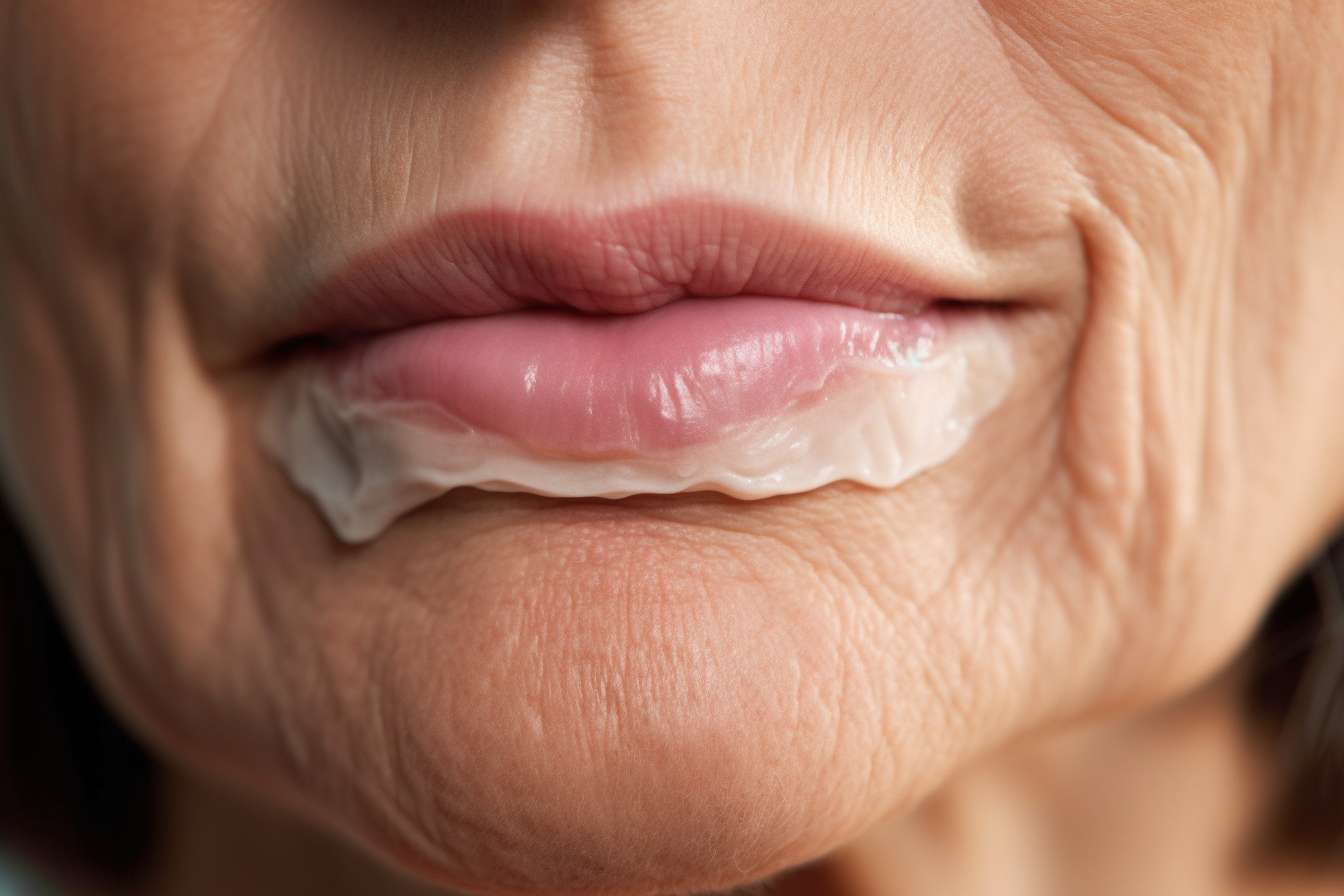Age Spot Treatment for Skin on Face and Hands
Age spots — flat, darker patches on the skin — are a common change as people get older and spend time in the sun. They most often appear on areas exposed to ultraviolet light, such as the face and hands, and are usually harmless. Understanding how they form and what treatment options exist can help you choose safe approaches that match your skin type and goals.

This article is for informational purposes only and should not be considered medical advice. Please consult a qualified healthcare professional for personalized guidance and treatment.
How do age spots form on skin?
Age spots (also called solar lentigines) form when clusters of pigment-producing cells deposit excess melanin in response to cumulative sun exposure. Genetics, skin type, and history of sunburns influence who develops them. They most often appear on sun-exposed areas like the face, hands, shoulders, and forearms. While benign, any new, changing, or irregular lesion should be evaluated by a clinician to rule out skin cancer. Preventive measures such as broad-spectrum sunscreen and protective clothing reduce risk over time.
What treatments work for age spots on the face?
Treatment choices for age spots on the face include topical agents, in-office procedures, and combinations of both. Topicals such as retinoids, vitamin C serums, and prescription lightening agents (for example, those that inhibit pigment production) can reduce visibility over weeks to months. In-office options — chemical peels, cryotherapy, laser therapy, and intense pulsed light (IPL) — can offer faster improvement but carry risks like irritation, pigment changes, or scarring. A dermatologist can recommend treatments matched to skin tone and sensitivity and provide guidance on expected outcomes and downtime.
How to manage age spots on hands?
Hands are prone to age spots because they are frequently sun-exposed and often receive less sunscreen. Management includes regular use of sunscreen, protective clothing, and topical treatments similar to facial regimens. Procedures such as cryotherapy or targeted laser therapy are commonly used for isolated spots on the hands; however, healing on the hands can differ from the face because of thinner skin and sun damage. For long-term control, combining protective behavior with periodic professional assessments helps maintain results and monitor for any suspicious changes.
What over-the-counter options help age spots?
Over-the-counter (OTC) products often contain ingredients that support gradual fading of age spots: antioxidants (vitamin C, niacinamide), mild exfoliants (alpha hydroxy acids), and gentle retinols. These can improve overall skin tone and texture with consistent use but tend to be slower and less dramatic than prescription or procedural approaches. When using OTC products, start slowly to reduce irritation and use daily sun protection to prevent further darkening. If OTC measures are ineffective after several months, consider consulting a dermatologist about prescription options or procedures.
When to consult dermatology about age spots?
See a dermatologist for diagnosis if a spot changes shape, color, size, or bleeds; if multiple lesions appear at once; or if over-the-counter and home measures don’t help. A dermatology evaluation can confirm that lesions are benign and determine whether topical prescription therapies or in-office procedures are appropriate. Digital monitoring or biopsy may be used for atypical spots. Dermatologists also tailor treatments to skin type to reduce risks of post-inflammatory hyperpigmentation, especially in darker skin tones.
Comparing professional and at-home age spot approaches
At-home approaches emphasize prevention and gradual improvement using sunscreen, protective habits, and topical agents. Professional treatments (chemical peels, cryotherapy, lasers, IPL) tend to produce faster or more noticeable results but involve higher cost, potential side effects, and recovery time. Choice depends on factors such as the number and depth of age spots, skin type, downtime tolerance, and risk of pigmentary complications. Discussing expectations, possible side effects, and follow-up care with a qualified clinician helps align treatment choices with realistic outcomes.
Conclusion
Age spot treatment spans prevention, topical maintenance, and procedural interventions. Sun protection remains central to preventing new spots and preserving results from treatments. For any concerns about diagnosis, treatment suitability, or changing lesions, a dermatology consultation provides personalized assessment and safer treatment planning without assumptions about outcomes.






